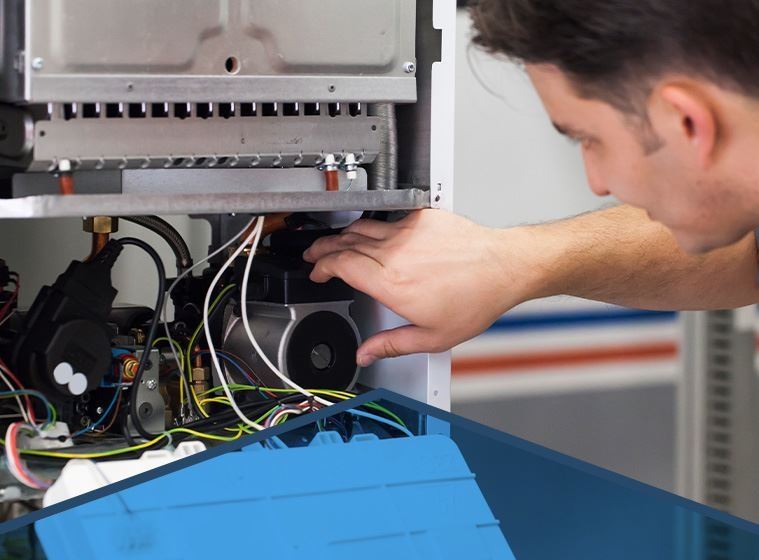With temperatures colder than 32°, you're going to want to ensure your home is safe from the elements. Stopping your pipes from freezing is actually relatively simple and you will be happy that you did. Frozen pipes can cause thousands of dollars in water damage repairs. We’ve listed our 12 simple and cost-effective steps to strengthening your home’s safety this winter.
How to Prevent Your Pipes From Freezing:
- Insulate Pipes: Attempt to insulate all hot and cold water pipes in the crawl spaces under your house as well as in the attic, and exterior walls if they are someplace you can reach. Use snap-on foam insulation and make sure foam insulation sits tightly without gaps. Apply duct tape to joints in insulation, and miter foam around elbows, so joints in pipes are 100% covered.
- Heat Pipes: Consider insulating problematic pipes with UL-approved heat tape* with built-in thermostat to decrease overheating. Adhere to the instructions that come with heat tape carefully to keep from being a fire hazard.
- Sprinkler System: Switch off your sprinkler system, and if you are able to, shoot compressed air through the irrigation lines to drain the water.
- Drip Faucets: Drip both hot and cold water at faucets in kitchen and bathroom. This not only makes sure of water moving through the pipes, but relieves built-up water pressure in the pipes if they should freeze. Set single-lever faucets in the center so both hot and cold lines drip, and pay close attention to pipes running in outside walls.
- Laundry Room: If there isn’t a faucet in the laundry room to drip, set your washing machine on warm, and start the fill cycle periodically for a few minutes to move water through the pipes.
- Ice maker: Set your ice maker to generate ice if the ice maker water line is beneath the house.
- Cabinets: Open cabinet doors underneath sinks in the kitchen and bath if the cabinets are placed on exterior walls, to allow surrounding heat to warm the pipes.
- Garage: Keep garage door down during particularly cold weather.
- Foundation: For houses built with a crawl space, ensure the foundation is completely covered, and that any gaps in foundation walls are sealed with caulking or expanding foam. If the foundation vents are underneath the house, try to either close them or cover them up during extreme cold weather.
- Garden Hose: Separate and drain garden hoses.
- Exterior Faucets: To maintain exterior faucets close to your foundation, either cover faucets with insulated foam covers, shut off water to outdoor faucets and open faucets to drain pipes, or install exterior faucets that cut water supply off inside foundation walls.
- Check for Leaks: Once the weather is warmer, switch off any dripping faucets as well as the ice maker, then review the water meter for any unseen leaks.



